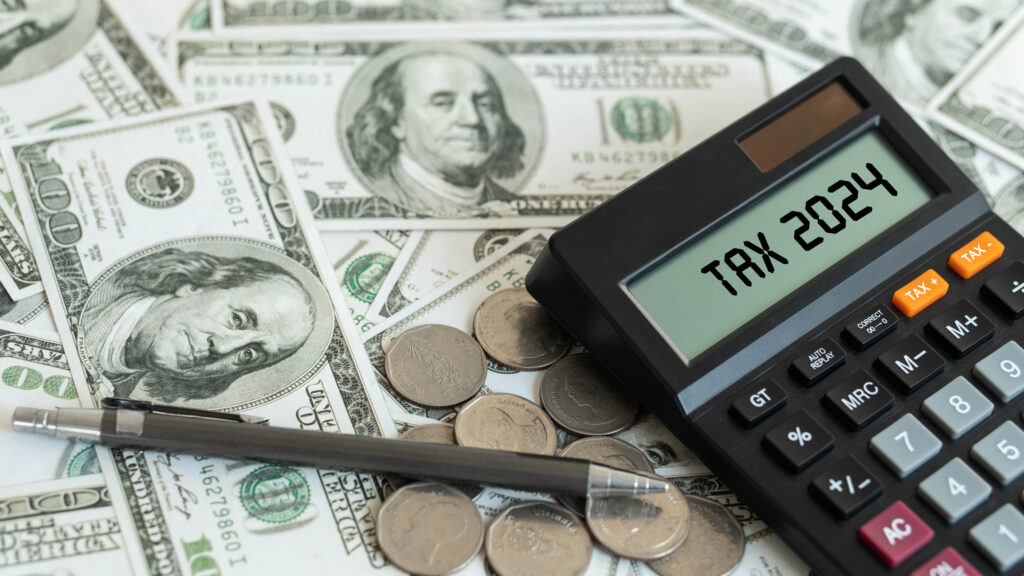Federal regulators on April 1 imposed controversial new restrictions on light trucks, vans, and SUVs, mandating a 1.5-mile per gallon increase in fuel economy. Under the new standards, auto manufacturers must achieve a fleet average of 22.2 miles per gallon for their light trucks by 2007.
In announcing its decision, the U.S. National Highway Traffic Safety Administration (NHTSA) argued the new Corporate Average Fuel Economy (CAFE) restrictions will provide $249 million in benefits and save 3.6 billion gallons of gasoline over a 25-year period. “The opportunity and technologies exist to make such adjustments technologically feasible and economically by [model year] 2007,” stated NHTSA in its ruling.
“We’re committed to it, but it is going to be a challenge,” responded Eron Shosteck, a spokesman for the Alliance of Automobile Manufacturers (AAM).
Shosteck favored an alternative plan that would have used tax incentives to induce consumers to buy more fuel-efficient vehicles, rather than legislation coercing fuel economy gains. The AAM points out automakers currently offer more than 30 models that achieve at least 30 miles per gallon. Consumers, however, choose not to buy them.
Gas Consumption Unaffected
The NHTSA ruling and its rationale were met by criticism from experts, who pointed out similar restrictions already in place have increased rather than decreased fuel consumption … and have cost thousands of Americans their lives.
“CAFE hasn’t reduced gasoline consumption,” observed John Merline, a columnist for USA Today and Tech Central Station. “People are buying more gasoline today than in 1975 (just before CAFE was first enacted), despite gains in auto efficiency.”
Merline noted people drive their vehicles more when increased fuel economy makes the price per mile cheaper. “The number of miles driven by passenger cars and light trucks climbed 104 percent between 1975 and 2000, according to the Department of Transportation,” noted Merline.
A 2001 study conducted by the National Research Council (NRC) reached the same conclusion. According to the NRC, CAFE “reduces the fuel cost per mile of driving, thereby encouraging faster growth in vehicle travel than would otherwise be the case.”
“NHTSA neglects the adverse effects from the increased driving induced by the proposal,” agreed Randall Lutter and Troy Kravitz in a February 2003 study released by the AEI-Brookings Joint Center for Regulatory Studies. “By lowering the costs of driving, NHTSA’s proposal increases vehicle miles traveled, thereby boosting traffic accidents and congestion. The increase in the costs of accidents and congestion fully offsets and probably outweighs the social benefits resulting from greater fuel economy.”
7,700 Deaths per Gallon
Even if CAFE could be expected to reduce oil and gas consumption, the price paid in human lives is astounding, according to Sam Kazman, general counsel for the Competitive Enterprise Institute. “While [CAFE] has had no clear impact on overall gasoline consumption, it has forced carmakers to restrict their sales of larger cars and to downsize other models. Since larger cars are more crashworthy than smaller cars in practically every collision mode, the result is more highway deaths.”
“CAFE has cost thousands of lives,” agreed Merline. “That same NRC report estimates that CAFE standards killed as many as 2,600 people in 1993 alone, thanks to the fact that the tighter fuel standards pushed automakers to downsize their fleets, forcing car buyers into smaller, less-safe cars than they would have otherwise purchased.
“In 1999,” Merline continued, “USA Today reported that CAFE had killed a total of 46,000 since the law was passed. That’s equal, the story noted, to ‘roughly 7,700 deaths for every mile per gallon gained.'”
“The 2001 National Academy of Sciences study made it clear that CAFE kills,” added Kazman. “This latest NHTSA proposal will make that regulation even deadlier. Regardless of whether the proposed increase is characterized as moderate or major, its effect on human safety will be lethal.”
Oil Imports Unaffected
Anti-car environmental activists also criticized the new standards, but for different reasons. The new restrictions “will save our nation a minuscule six million barrels of oil a year–less than 3 percent of what we are importing from Iraq,” said Phil Clapp, president of the National Environmental Trust. Clapp called for even stricter regulations on fuel economy.
David Nemtzow of the Alliance to Save Energy, an advocacy group comprised of government agencies, corporations, and trade associations interested in energy conservation, agreed. “Oil prices are high. We’re in the Middle East fighting a war and they squander the best opportunity we’ve had in a decade to start doing something meaningful about oil imports.”
“CAFE hasn’t improved energy independence,” countered Merline. “Fuel efficiency of cars on the road has climbed 52 percent since 1975, but that hasn’t cut the nation’s reliance on imported oil. Quite the opposite, in fact.
“Overall, the nation imports 51 percent of its oil,” Merline pointed out, “up from 36 percent in 1975. The share of oil from OPEC countries is now 27 percent, up from 22 percent when Congress passed the CAFE law.”
James M. Taylor is managing editor of Environment & Climate News.
For more information …
The February 2003 joint report by the American Enterprise Institute and Brookings Institution, “Do Regulations Requiring Light Trucks To Be More Fuel Efficient Make Economic Sense?” is available through PolicyBot. Point your Web browser to http://www.heartland.org, click on the PolicyBot icon, and search for document #11824.
For further information on this article, contact Heartland Public Affairs Director Greg Lackner at 312/377-4000, 77/489-6447, email [email protected]




